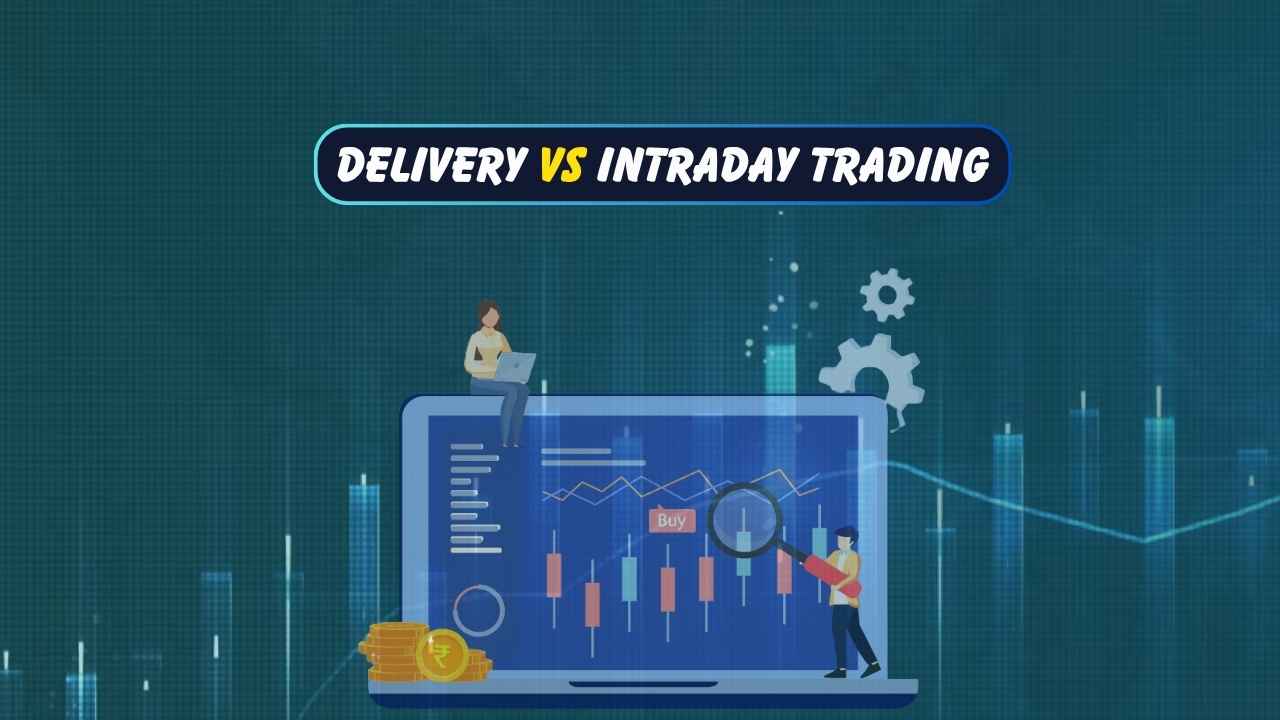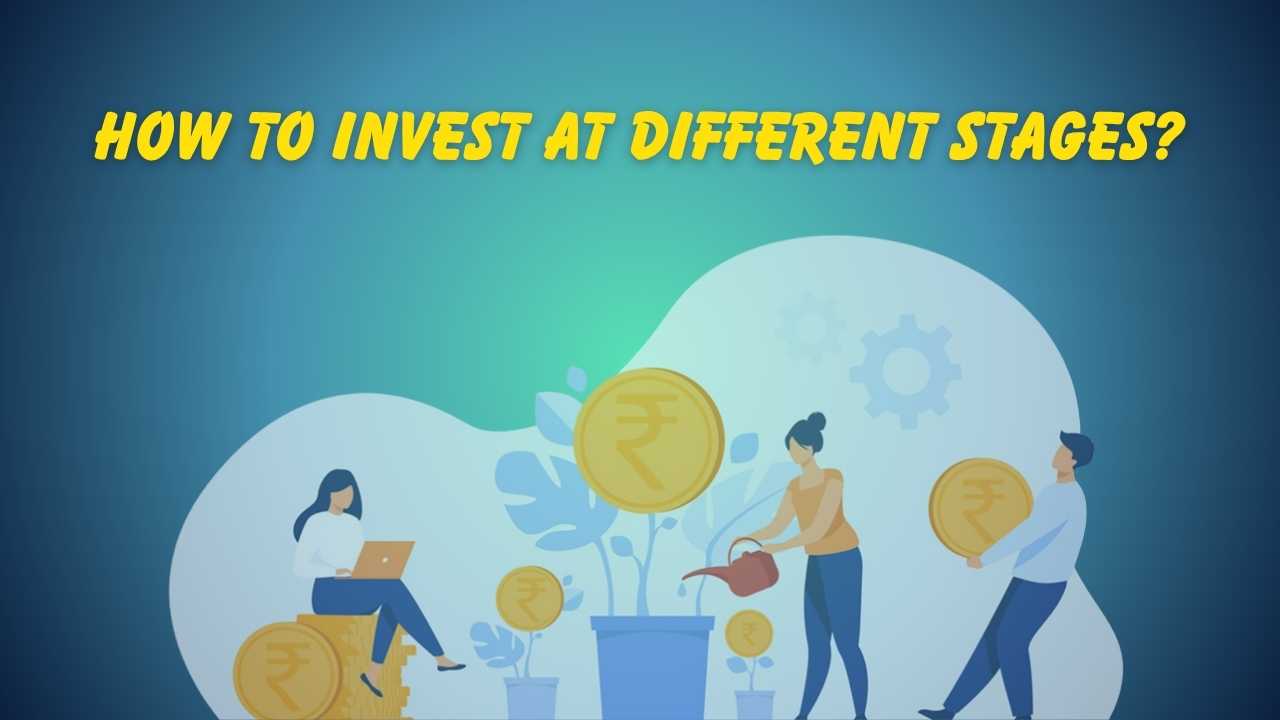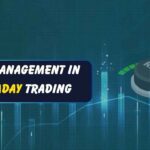Delivery vs Intraday Trading- When you first step into the stock market, you’re immediately faced with a crucial decision: Should I be a trader or an investor? Should I hold stocks for the long term or trade them daily?
This choice boils down to understanding the difference between delivery trading and intraday trading. While both involve buying and selling stocks, they’re fundamentally different in how they work, the risks involved, and the results you can expect.
In this guide, I’ll break down both approaches in simple terms and help you figure out which one matches your personality, goals, and lifestyle.
What is Delivery Trading?
Delivery trading means buying shares and holding them for more than one trading day. Once you buy, the shares get transferred to your Demat account, and they’re yours to keep—whether it’s for weeks, months, or even years.
The Goal of Delivery Trading
Long-term wealth creation through:
- Price appreciation: The stock value increases over time
- Dividends: Regular income from company profits
- Bonus shares: Free additional shares from the company
- Stock splits: Your shares multiply (though value remains same initially)
Example
You buy 50 shares of TCS at ₹3,500 each (total investment: ₹1,75,000). You hold them for 3 years. During this time:
- Share price rises to ₹4,500
- You receive dividends of ₹30 per share annually
- Your total value becomes ₹2,25,000 + ₹4,500 in dividends
That’s a total gain of ₹54,500 (31% return) over 3 years.
What is Intraday Trading?
Intraday trading involves buying and selling stocks within the same trading day. You must close all positions before the market closes at 3:30 PM. You never actually own the shares—you’re just profiting from price movements.
The Goal of Intraday Trading
Quick profits from short-term price movements, volatility, and momentum. You’re not interested in the company’s long-term potential—only whether the price will go up or down today.
Example
At 10:00 AM, you buy 100 shares of Infosys at ₹1,500 (₹1,50,000 worth using leverage).
By 2:00 PM, the price rises to ₹1,520. You sell immediately.
Profit: ₹20 per share × 100 shares = ₹2,000 in just 4 hours.
But if the price had fallen to ₹1,480 instead, you’d have lost ₹2,000 just as quickly.
Key Differences Between Delivery and Intraday Trading
| Parameter | Delivery Trading | Intraday Trading |
|---|---|---|
| Holding Period | Days, months, years | Same day only |
| Risk Level | Low to moderate | High |
| Capital Requirement | Higher | Lower (due to leverage) |
| Goal | Long-term wealth | Short-term profits |
| Tools Used | Fundamental analysis | Technical analysis |
| Brokerage Charges | Higher | Lower |
| Trading Speed | Slow and stable | Fast and aggressive |
| Ownership of Shares | Yes | No |
| Profit Source | Long-term growth, dividends | Price volatility |
Why Choose Delivery Trading?
1. Lower Risk
There’s no gun to your head forcing you to sell today. If the price drops temporarily, you can simply wait. Most quality stocks recover and grow over time.
You’re not worried about daily fluctuations—you’re focused on the big picture.
2. Perfect for Long-Term Goals
Building a retirement fund? Saving for your child’s education? Planning a down payment? Delivery trading helps you accumulate wealth steadily over years.
3. No Daily Pressure
You don’t need to glue yourself to the screen all day. Check your portfolio once a week or even once a month. Your life doesn’t revolve around the stock market.
4. Ownership Benefits
As a shareholder, you get:
- Dividends: Regular income from profitable companies
- Bonus shares: Free shares occasionally issued by companies
- Stock splits: Your shares multiply when companies split their stocks
- Voting rights: You can vote on company decisions
5. Beginner-Friendly
Delivery trading gives you time to learn. You can study companies, understand how the market works, and make decisions without panic. Mistakes are less costly because you have time on your side.
6. Tax Benefits
Long-term capital gains (holding more than 1 year) are taxed at just 10% on profits above ₹1 lakh. That’s much lower than short-term trading tax rates.
Why Choose Intraday Trading?
1. Potential for Quick Profits
Make money within hours instead of waiting years. If you’re skilled and the market moves in your favor, you can generate daily income.
2. Lower Brokerage Costs
Intraday brokerage charges are typically much lower than delivery charges. Some brokers even offer flat ₹20 per trade for intraday.
3. Leverage/Margin Benefits
Brokers let you trade with 5-10 times your actual capital. With ₹10,000, you can take positions worth ₹50,000-₹1,00,000. This amplifies profits (but also losses—more on this later).
4. No Overnight Risk
All positions close before market shuts. You won’t wake up to bad news from other countries or sudden company announcements affecting your holdings.
5. Daily Opportunities
Every trading day brings new opportunities. You’re not dependent on one stock performing well over years—you can trade different stocks based on daily movements.
6. High Liquidity
Intraday trades typically involve high-volume stocks, making it easy to enter and exit positions quickly without affecting prices.
Risks of Delivery Trading
1. Requires Significant Capital
No leverage means you need the full amount. Want to buy ₹1 lakh worth of shares? You need ₹1 lakh in your account.
2. Slow Wealth Building
Results take time—sometimes years. If you need money quickly, delivery trading isn’t the answer.
3. Market Downturn Risk
During economic crashes or recessions, even good companies’ stocks fall. Your portfolio value might drop 20-30% and take years to recover.
4. Opportunity Cost
Your capital is locked in stocks. If a better opportunity comes along, you might not have liquid funds available.
Risks of Intraday Trading
1. Extremely High Risk
Prices can move violently in minutes. A single bad trade can wipe out days or weeks of profits.
2. Requires Skill and Experience
You need to understand:
- Technical analysis (charts, indicators, patterns)
- Market psychology
- Risk management
- Quick decision-making under pressure
Most beginners lose money in intraday trading.
3. Emotional Rollercoaster
The stress of watching your money fluctuate every minute takes a mental toll. Fear, greed, and panic become your enemies.
4. Overtrading Risk
The ability to trade frequently leads many traders to overtrade—taking unnecessary trades that erode capital through losses and charges.
5. Leverage Cuts Both Ways
Yes, leverage amplifies profits. But it also amplifies losses. A 5% adverse move with 10x leverage means you lose 50% of your capital.
6. Time-Intensive
You must monitor the market throughout trading hours (9:15 AM – 3:30 PM). Not suitable if you have a full-time job or other commitments.
When Should You Choose Delivery Trading?
Delivery trading is ideal if you:
- Want long-term wealth creation without daily stress
- Have a full-time job and can’t watch markets all day
- Prefer low to moderate risk and can handle temporary fluctuations
- Believe in company fundamentals and quality stocks
- Need stability more than quick thrills
- Are a beginner learning the market
- Plan for retirement, education, or major life goals 5-10 years away
Best for: Working professionals, retirees, beginners, long-term investors, and anyone who values peace of mind.
When Should You Choose Intraday Trading?
Intraday trading is right for you if you:
- Have 5-6 hours daily to actively monitor markets
- Are comfortable with high risk and potential losses
- Understand technical analysis—charts, indicators, patterns
- Can control emotions under pressure
- Want daily trading opportunities instead of waiting years
- Have trading capital you can afford to lose completely
- Thrive on fast-paced action and quick decisions
Best for: Full-time traders, technical analysts, risk-takers, and experienced market participants.
Delivery vs Intraday: Which One Is More Profitable?
The honest answer? It depends entirely on you.
Intraday trading can generate profits faster—daily or weekly income is possible. But statistics show that 90% of intraday traders lose money. Only a skilled 10% make consistent profits.
Delivery trading yields slower but more stable returns—historical data shows quality stocks deliver 12-15% annual returns over long periods. Not as exciting, but far more reliable.
Mathematical Explanation
Intraday trader making ₹2,000 daily (if consistently successful):
- Monthly: ₹40,000
- Yearly: ₹4,80,000
But achieving this consistency is extremely rare and requires exceptional skill.
Delivery investor with ₹5 lakh invested at 12% annual return:
- After 5 years: ₹8.8 lakhs
- After 10 years: ₹15.5 lakhs
- After 20 years: ₹48.2 lakhs
Slow but steady, and achievable by following sound investing principles.
What Should Beginners Start With?
Start with delivery trading. Here’s why:
- Lower risk means you won’t blow up your account while learning.
- No time pressure lets you study and understand without panic.
- Easier to understand fundamentals than complex technical charts.
- Builds good habits like patience and research.
- Less emotional stress helps you make better decisions.
Once you’ve built experience and capital through delivery trading, you can explore intraday trading with a small portion of your funds. Think of it as learning to walk before you run.
Can You Do Both?
Absolutely! Many experienced market participants use a hybrid approach:
- Core portfolio (80-90%): Long-term delivery holdings for stability and wealth building.
- Trading capital (10-20%): Intraday trading for additional income and taking advantage of daily opportunities.
This balanced approach gives you:
- Stability from delivery holdings
- Excitement and additional income from intraday trades
- Risk management through diversification
Example allocation with ₹2 lakh:
- ₹1.6 lakh in delivery stocks (blue-chip, fundamentally strong companies)
- ₹40,000 for occasional intraday trades
This way, even if intraday trades fail, your core portfolio remains intact.
Making Your Decision: Ask Yourself
Before choosing, honestly answer these questions:
- Time: Can you actively monitor markets for 5-6 hours daily?
- Capital: How much can you invest without affecting your lifestyle?
- Risk appetite: Can you sleep peacefully if your investment drops 20% overnight?
- Goals: Do you need monthly income or long-term wealth?
- Temperament: Do you make calm decisions under pressure or panic?
- Knowledge: Do you understand technical analysis or prefer fundamental research?
- Lifestyle: Does your job allow market monitoring during trading hours?
Your honest answers will point you in the right direction.
Final Thoughts
There’s no universally “better” option between delivery and intraday trading. Both are tools—and like any tool, their effectiveness depends on who’s using them and for what purpose.
Delivery trading is like planting a tree. You water it regularly, protect it from storms, and wait patiently. Years later, you enjoy the shade and fruits.
Intraday trading is like being a day laborer. You work hard every day for immediate income. Some days are great, some are terrible, but you never stop working.
Choose based on your:
- Financial goals
- Risk tolerance
- Time availability
- Personality type
- Experience level
Remember: The market rewards discipline, patience, and knowledge—not gambling or greed. Whether you choose delivery, intraday, or both, approach it with respect, preparation, and a learning mindset.
Start smart, stay disciplined, and success will follow.
Learn More:
- Difference in Expense Ratio Between Direct and Regular Mutual Funds
- Best Small-Cap Index Funds
- 10 Debt Mutual Funds That Outperformed in the Last 1 Year with 10% to 24% Returns in 2025
- Best Tyre Stocks in India
- Best Healthcare Stocks in India
Delivery vs Intraday Trading: FAQs
Which is safer: delivery or intraday trading?
Delivery trading is significantly safer because there’s no pressure to sell the same day, and you can ride out temporary price drops. Intraday trading carries much higher risk due to leverage, volatility, and time pressure.
Can beginners do intraday trading?
Technically yes, but it’s not recommended. Most beginners lose money in intraday trading due to lack of experience, emotional decision-making, and poor risk management. Start with delivery trading first, learn the market, then gradually explore intraday with small amounts.
What happens if I don’t close my intraday position before market closes?
Your broker will automatically square off your position near market closing (around 3:15-3:20 PM), sometimes at unfavorable prices. This can result in losses. Some brokers also charge penalties. Always close positions yourself well before closing time.
Which requires more capital to start?
Delivery trading requires more capital because you need to pay the full amount for shares. Intraday trading needs less because brokers provide 5-10x leverage (margin), letting you trade larger amounts with smaller capital. However, leverage also increases risk.
Can I do both delivery and intraday trading simultaneously?
Yes, absolutely. Many traders maintain a core delivery portfolio for long-term wealth while doing occasional intraday trades for extra income. This hybrid approach balances risk and opportunity. Just ensure you allocate capital appropriately—most experts suggest 80-90% delivery and 10-20% intraday.
How much can I realistically earn from intraday trading?
Realistic expectations for skilled traders: 2-5% monthly returns on trading capital. However, most beginners lose money initially. Never expect to “double your money quickly”—that mindset leads to reckless trading and losses.
Do I need different accounts for delivery and intraday?
No, you use the same trading and Demat account for both. When placing an order, you simply select “Delivery” or “Intraday” as your order type. The broker handles the rest.
Disclaimer: This article is for educational purposes only and not trading or investment advice. Trading and investing in stocks carry risks, including potential loss of capital. The examples provided are for illustration only and don’t guarantee similar results. Past performance doesn’t indicate future returns. Always conduct your own research, understand the risks, and consider consulting a certified financial advisor before making trading or investment decisions. Only invest money you can afford to lose.














